



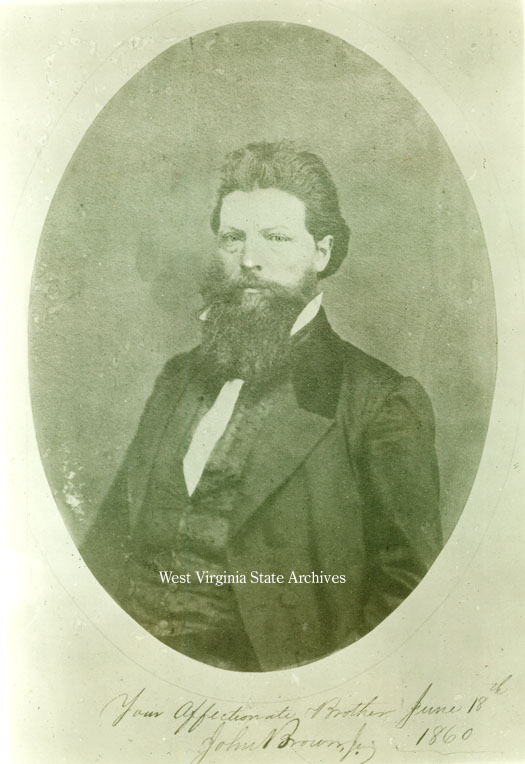 |
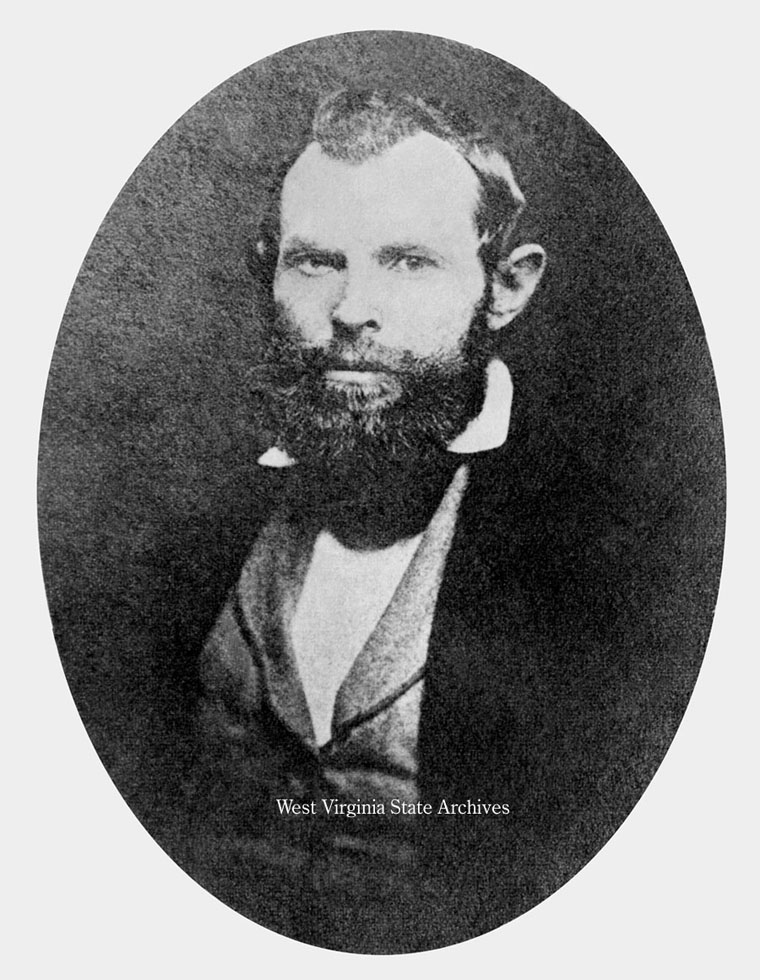 |
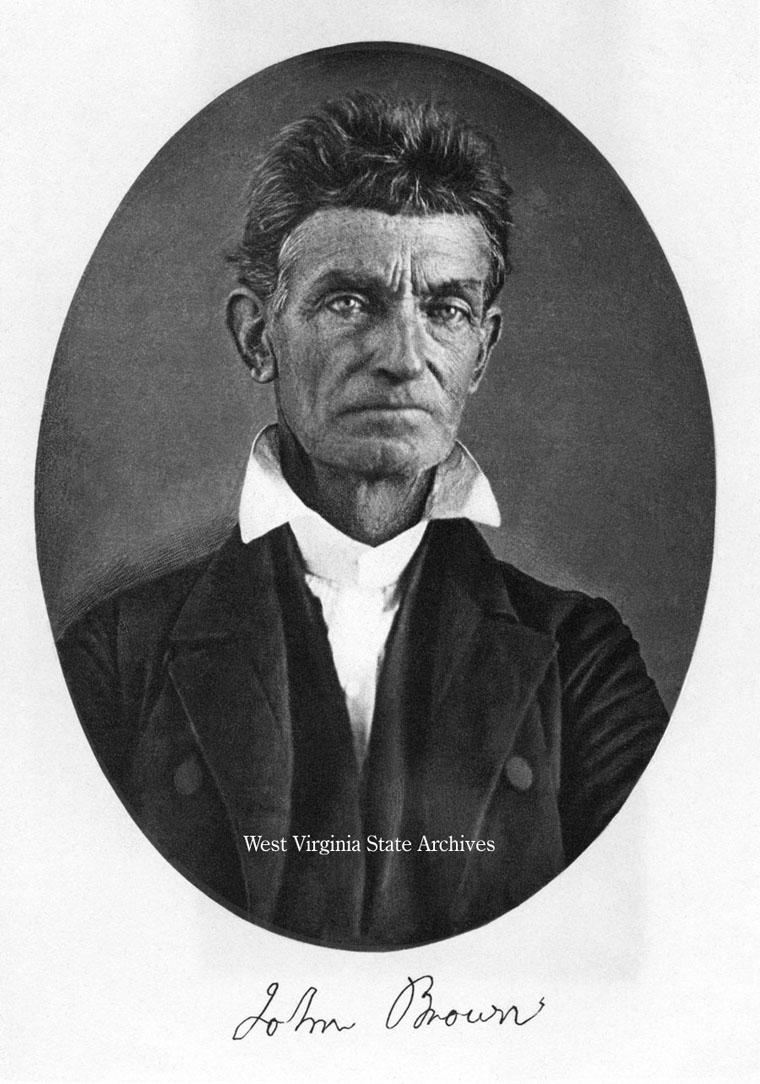 in Kansas, ca. 1856 |
 |
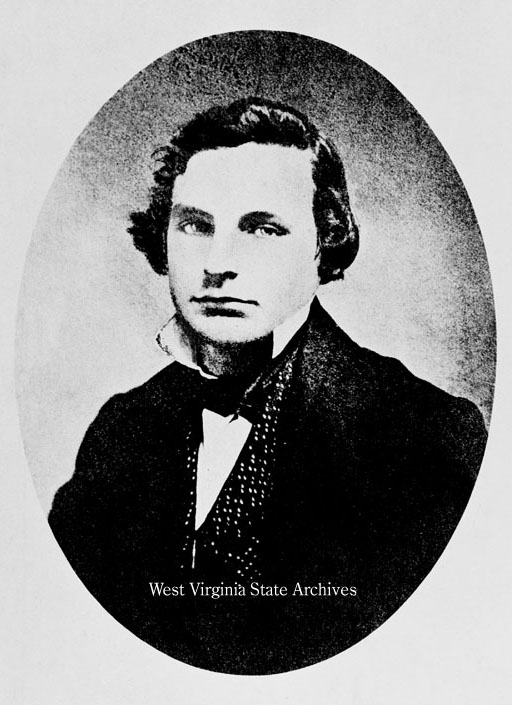 |
In the midst of their outrage over the Anthony Burns case, abolitionists were faced with the prospects of slavery spreading across the nation. On May 30, 1854, the United States Congress passed the Kansas-Nebraska Act, creating the territories of Kansas and Nebraska. In a controversial measure, however, the act also repealed the portion of the Missouri Compromise of 1820 that prohibited slavery in the Louisiana Purchase Territory north of the 36 30' parallel (the southern boundary of Missouri), except in Missouri itself. Under the provisions of the 1854 act, the question of whether either new territory was slave or free would be determined by popular sovereignty. A few slaves were brought to the Nebraska Territory, and it was not until 1861 that slavery was banned there, but the issue was not as contentious in Nebraska as it proved to be in Kansas.
Shortly after their arrival in Kansas, the younger John Brown wrote his father asking that he get them weapons with which to oppose an armed and organized pro-slavery element. John Brown had been preparing to move his family back to North Elba, which took place in late spring 1855, but he quickly turned his attention to Kansas. After attending a convention of radical political abolitionists in Syracuse, New York, in late June, at which he requested assistance for the Kansas fight, Brown and son-in-law Henry Thompson left for Illinois, where he met up with son Oliver. Bringing guns, knives, and broadswords, the three arrived at the Brown sons' claims in Kansas in October 1855.
| By then, a pro-slavery legislature elected with the help of Missourians who crossed the border and voted illegally had passed laws based on Missouri statutes, which included harsh penalties for slavery's opponents. Refusing to recognize this legislature, free-state settlers made plans to write their own constitution, and John Brown Jr. and at least one of his brothers:Frederick:participated in the free-state gatherings. Both pro- and anti-slavery meetings continued through the end of the year, one of the more important being a constitutional convention at Topeka in late October. Delegates adopted a free-state constitution and a provision excluding blacks. |  |
"If the govanor that has been apointed in Reeders place excepts the oface and admits the present Legislature of Kansas to be a legal one then war will ensue and that soon. . . . I think that before another year comes around this country will be in open insurection I mean Kansas." - Salmon Brown, letter to Mother and Family, August 20, 1855, Boyd B. Stutler Collection |
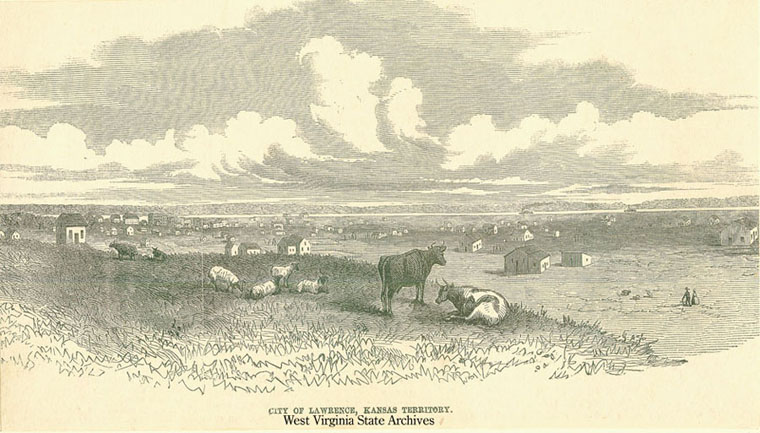 |
The murder of free-state proponent Charles Dow on November 21 by Frank Coleman, a proslavery supporter, aroused the countryside on both sides of the slavery issue and led to a series of events that escalated tensions. Pro-slavery forces massed south of Lawrence at the end of the month, leading townspeople, reinforced by free-state men from other parts of Kansas, to prepare for attack. John Brown, with four sons:Jason and Oliver did not go, arrived at Lawrence on December 7, and Brown was made captain of the Liberty Guards in the First Brigade of Kansas Volunteers. But negotiations to end the crisis were already underway between Charles Robinson and James H. Lane for the free-state group and Gov. Wilson Shannon for the proslavery forces. On December 8, they signed a treaty to end the Wakarusa War and avert further bloodshed. |
